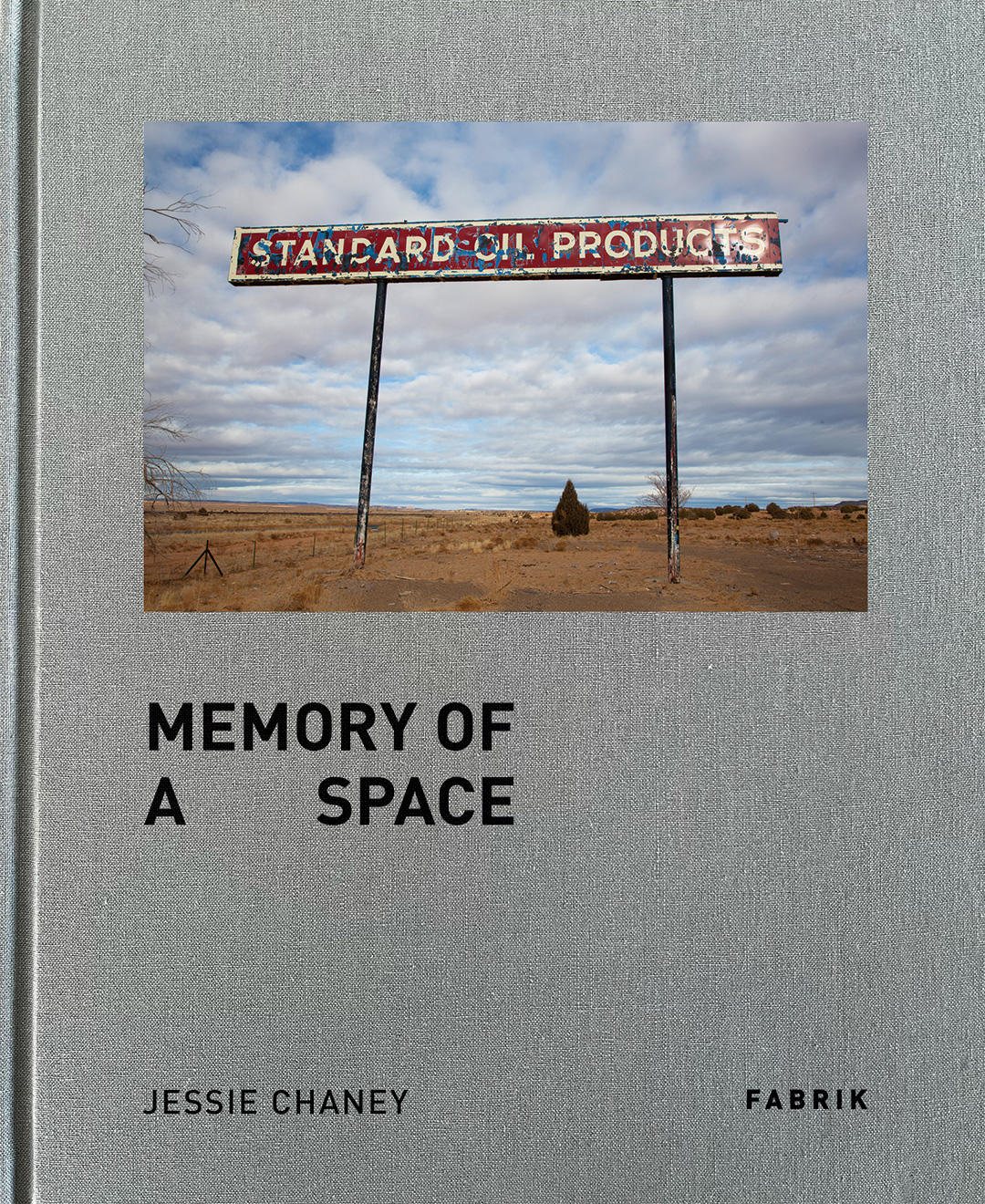Memory of a Space by Jessie Chaney

The abandoned sites that capture the attention of Jessie Chaney in her series Memory of a Space hold stories of the past, of changing times. Crumbling ruins, dilapidated buildings and remnant industrial structures left behind from time gone by are gradually returning to the earth.
With some images reminiscent of the urban landscape photos of William Eggleston, and also John Divola’s interiors, Chaney prompts an implied narrative that is never articulated.
Despite appearances, the neglected structures are quite recent victims of circumstance, be it changing economic fortunes or the relentless progress of industry. What could otherwise be the scene for depressing and desolate images are transformed by Chaney into something much more uplifting.
While the flowers may be plastic, they still possess a beauty, adding a touch of humanity and an extra splash of color. These are places that people lived and worked, connected to a community where people looked out and cared for each other.
